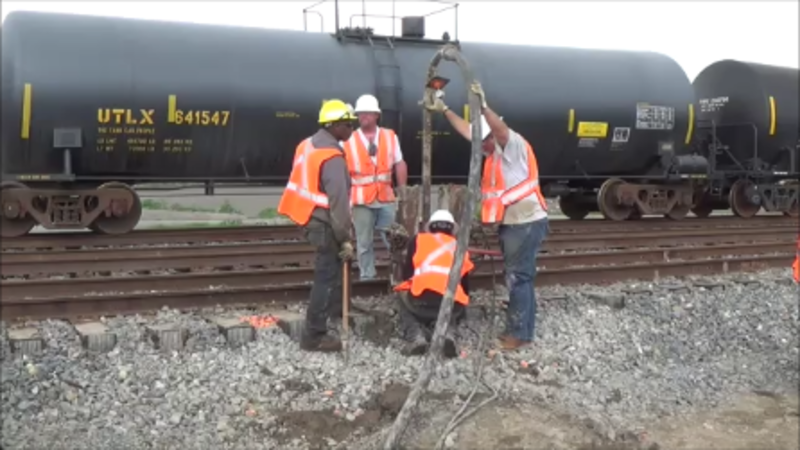While J bolts can be used for many different applications, the most common use is for home or building construction. They are used by framers and contractors, or even by homeowners and do-it-yourselfers to attach walls or decks to newly poured or existing concrete. This is often the case if a homeowner is doing their own addition or perhaps putting up a garage, deck, patio or outdoor storage shed.
Just as you would imagine, these bolts look like a capital letter “J”, but they don’t have the top cross bar. Instead, about half to two-thirds of the way down the leg or the straight part of the bolt it is threaded. The remaining part of the bolt is not threaded and it is curved to make the bottom hook of the J.
Using the Bolt
The J bolts primary job is to act as an anchor. The hook of the bolt is pushed into wet concrete and allowed to dry in place. The wooden wall, post, frame or component is then drilled to match the protruding threaded section of the bolt. It is placed over the bolt and then the washer and nut combination is used to snug and hold the wall in place on the concrete base.
Mistakes to Avoid
Since you are working with wet concrete, it is important to get the J bolt into the concrete correctly and quickly. One of the most common mistakes is to simply plunge the bolt into the concrete and leave it in the upright position.
It is a better idea to insert J bolts at a just a fraction off upright at an angle. Then, wiggle the bolt slightly to allow any trapped air to escape along the shaft of the bolt. Air pockets can allow the bolt to move slightly later on after the concrete has dried.
Additionally, make sure to smooth the concrete out around the bolt. Bumps or lumps of concrete, once dried, will hold the wall up off the concrete at the bolt, creating leveling problems later on.
